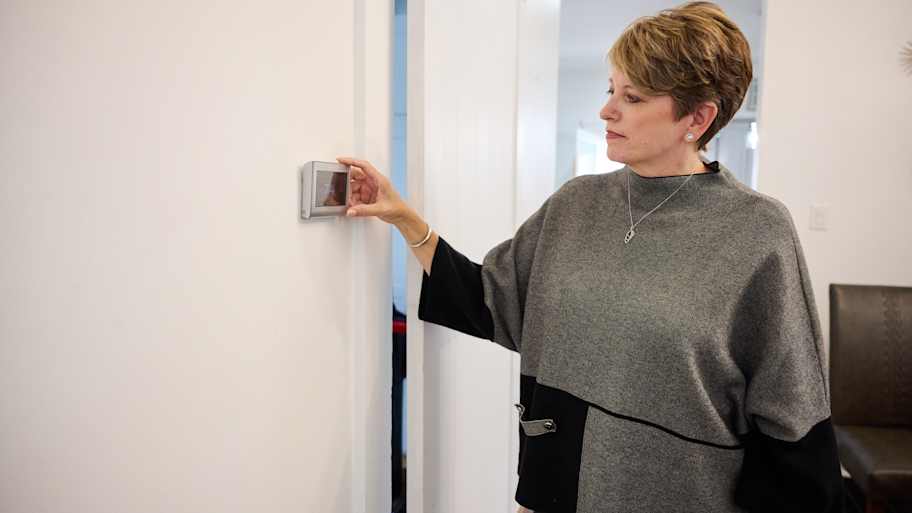Dealing with Shoddy DIY Projects
Sometimes a DIY disaster is just around the corner, here’s how to recognize the signs


Bad DIY projects aren’t uncommon but can lead to problems down the road
Pay attention to leaks or drips that could signal plumbing issues
Make sure rotting wood isn’t going to sink your deck
Look for improperly sealed roofs or skylights
Keep your eyes peeled for DIY electrical wiring that could be hazardous
If you’ve ever started on a home improvement project and encountered someone else’s DIY fix that would have been better left for a pro, you might have noticed they cut a corner here and there. Unfortunately, shoddy work isn’t uncommon—particularly in older homes that might require a higher skill level and more money in material costs. Still, whether you’re new to home renovation or a seasoned pro, you can fix a bad DIY project you inherited from previous homeowners before it’s too late.
Plumbing Issues
There’s nothing worse than discovering (three years later) that you’ve had a leaky faucet or small drip in the plumbing beneath your sink. The rot and mold from just one drop of water per day can devastate your home if left unattended and is often a result of a half effort to get it right by the last homeowner.
Check out the drainage joints underneath your sink. It's easy to overlook the drainage joints that feed into your home's sewer because they usually don't leak unless water runs through them; therefore, joints are not monitored as closely during assembly. Additionally, it’s important that you put a little extra crank on the nut and place a dry paper towel beneath it for a few minutes to check for a 100% watertight seal on the supply lines to eliminate these as culprits for expensive repairs. If the leak looks really bad, call a local plumber to come take a look.
Some simple DIY projects like preventing blocked drains and fixing a weakly flushing toilet are plumbing projects to tackle when you have some spare time.
Bathroom Tile Job Gone Wrong
The bathroom is the wettest room in your home, and an inexperienced DIYer (or fly-by-night contractor) can be a recipe for disaster. Shower surrounds, in particular, are notorious failure points and very expensive to repair. Building codes require a complete watertight seal that extends up the wall, and if that pan liner isn’t installed correctly, water can seep through the grout and mortar, ruining the wood support structures beneath.
Unfortunately, if you run into this situation and water gets underneath your tiling, you’ll need to tear everything out and start from scratch. The only way to fix an incorrectly installed shower is by redoing the job right. A tile company will be able to remedy the problem if you’re ready to call in professional help.
Roofing Problems
Roofing projects require a high skill level, particularly when repairing wind or hail damage. Home remodel projects that involve roofing materials like weatherproof caulk or consumer-grade tar are often failure points of bad DIY work. If you nail a fresh piece of asphalt roofing in the wrong spot, for example, you’ll create a funnel for water down the nail into your attic and wreak all kinds of havoc on insulation, ceiling joists, and sheetrock.
Common signs to look for in bad roofing jobs include a non-linear or sagging roofline, missing tiles, and water spots on your ceiling. A roofer will be able to help you with any serious repairs you can’t handle on your own.
Neglected Wood Decks
Wooden decks need regular maintenance by cleaning and recoating the paint or the clear sealers that cover up the vulnerable, underlying wood. Structural support boards and the deck will likely start to sag over time if these projects are neglected. There are numerous ways a repair can go wrong, and if you're seeing a sagging deck, you will likely find a bad DIY project lingering beneath the surface once you start tearing it all up.
ther key signs of bad work are rusting nails and bubbling paint. It's a common DIY mistake to use untreated interior fasteners, which can be vulnerable to weather and rust. It’s also easy to mess up by painting the deck wood before it’s fully cured, which is almost a guarantee that the paint will fail once the seasons start to flex that moisture trapped in the wood.
Stripping the wood and recoating it with a weatherproof primer and a coat or two of paint and stain often will fix a wooden deck. However, if the joists beneath the deck boards are rotting, it’s time to call in a professional deck builder to make necessary structural repairs.
Poorly Installed Closet Shelving
Wire shelving with its plastic connectors and powder-coated finishes may seem like a good idea for a rack of heavy coats and your ROYGBIV-organized clothing. But that home organization dream can quickly turn into a nightmare and an avalanche of clothes if the shelving isn’t secure.
A proper installation requires the mounting brackets to be installed directly into a stud because of the amount of weight that the shelves will hold. Without the anchoring support of the stud, the shelves will yank out from the sheetrock and leave a gaping, powdery hole as soon as you’ve loaded up your closet with clothing. If that's your reality, you'll want to consider removing the wire shelves and starting from scratch—or find a local closet builder for designing something custom. If you’d prefer to DIY this project—and there are available studs in the wall—you’ll want to repair the drywall before you re-hang shelves.
Improperly Sealed Skylights
Penetrating a roof, which involves breaking the cohesive seal created when the roof was originally installed, is risky business. This action can expose your home to leakage. Properly sealing a skylight enclosure requires metal flashing and a careful feathering of new material into the existing roofing and is often where a previous handy homeowner made a shortcut or two, resulting in a failure.
If you’re handy yourself, you can try your hand at installing a skylight. Don’t feel confident tackling such a big project? A local contractor or roofer can handle the task for you.
Bad DIY Electrical Wiring

One of the most hazardously bad DIY projects is electrical wiring gone wrong. From knowing proper shut-off protocols, tracing live power flow, and burying a wire behind a layer of insulation and wood, DIY electrical wiring is fraught with the potential for error and can be extremely dangerous.
The most common mistake is overloading a circuit with too many plug outlets or lights, which will trigger a breaker if too much load is applied. Another grievous problem is when an old house is rewired without connecting properly. With the third hole being the ground wire, a three-prong socket cannot simply be dropped into an older, two-prong socket opening. If it’s not properly grounded by driving a grounding rod six feet down and running new copper wire to the outlet, it’s just window dressing and isn’t safe from power surges or shock hazards.
Electrical wiring is one of those home renovation tasks that’s best left for a professional electrician.

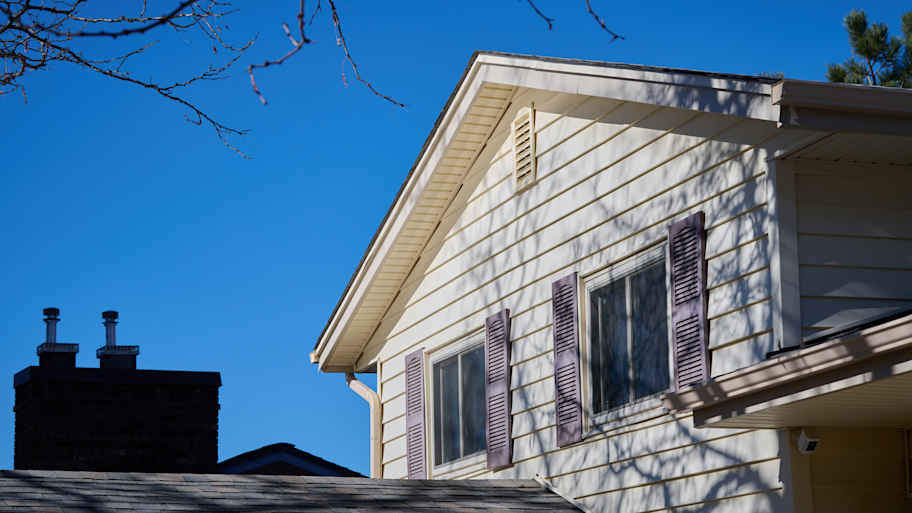
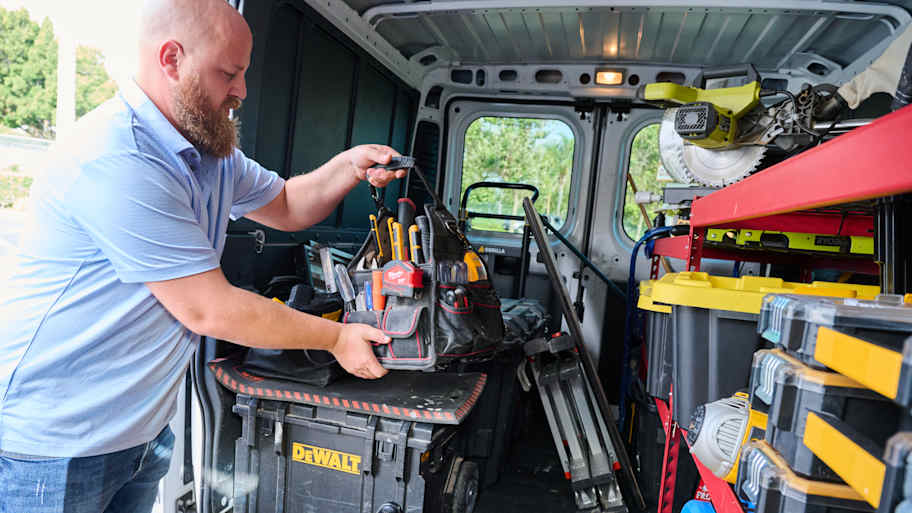
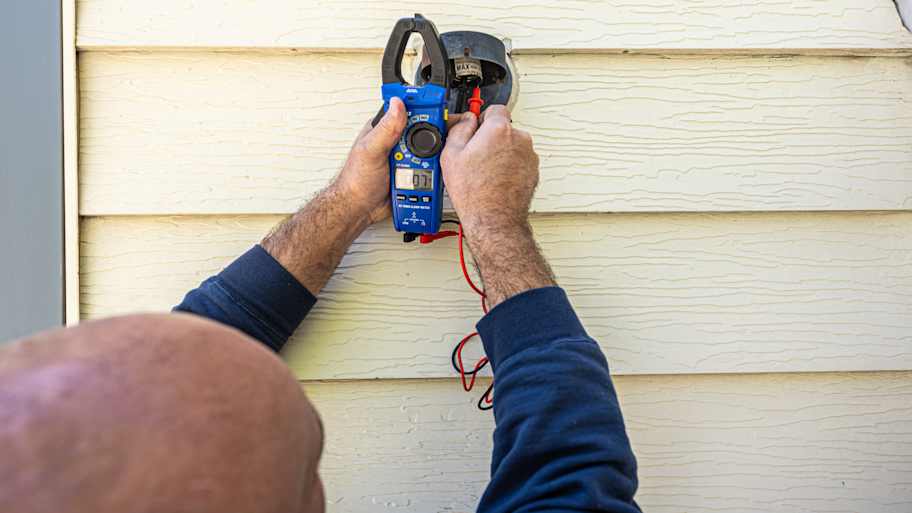
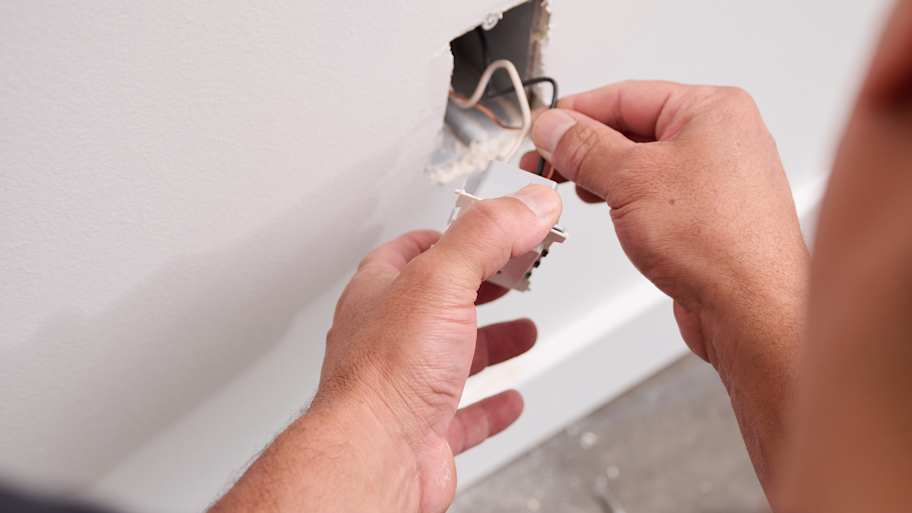
- Home Generator Repair
- Lamp Repair
- Electric Repair
- Generator Installation
- TV Antenna Services
- Emergency Electricians
- Commercial Electricians
- Attic Fan Installation
- Attic Fan Repair
- Exhaust Fan Installation
- Electric Inspectors
- Subcontractors
- Electrical Construction
- EV Charger Installer
- Chandelier Installation
- Doorbell Installation
- Bathroom Fan Installation
- Ring Installers
- Electrical Panel Upgrade
- What to Do If Your New Roof Is Leaking
- 6 Costly Home Repairs That Could Be Hiding in Your Dream Home
- How to Build a House: Your Complete Guide to the Home-Building Process
- Home Electrical Repairs: Basic Wiring and Electrical Repairs
- What to Do During These 5 Common Home Emergencies
- 11 Handy Tips and Tricks to Help With Your Next Home Project
- 10 Most Common Plumbing Problems Every Homeowner Should Know
- 10 Common Painting Mistakes Homeowners Should Avoid
- 9 Things That Will Slow Down Your Home Renovation
- 18 Common Plumbing Problems and How to Resolve Them



